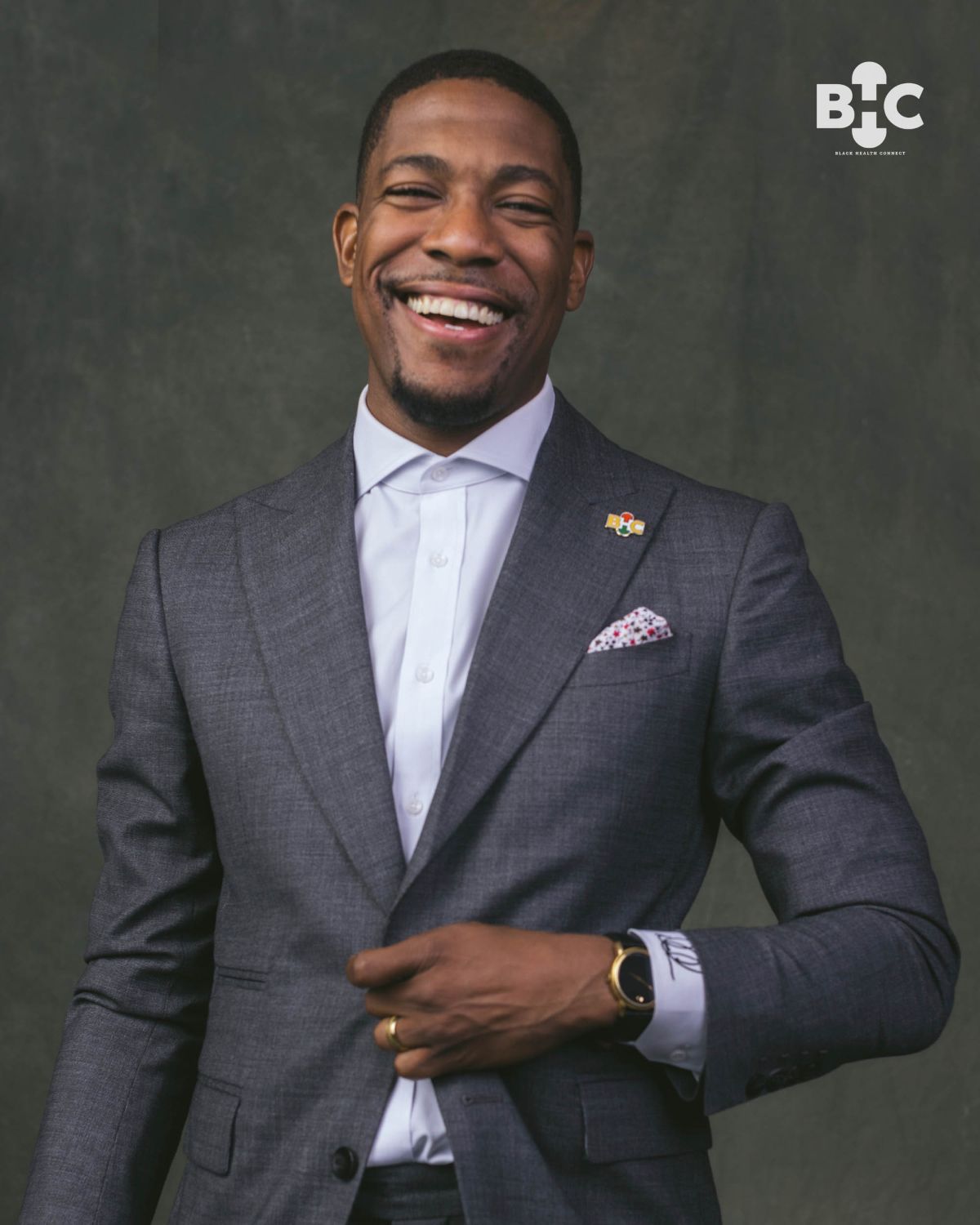When Dr. Duclas Charles first envisioned Black Health Connect (BHC), it was not with corporate backing or polished launch events. It was a grassroots mission sparked by the absence of spaces where Black healthcare professionals could connect deeply, lead boldly, and be affirmed without compromise. Today, that spark has become a global network of more than 30,000 members across 24 U.S. cities and four countries.
BHC has grown into a powerful and expanding initiative.
From Kitchen Table to Global Community
Dr. Charles, a first-generation Haitian-American pharmacist, built BHC from the ground up. What started as a passion project developed into the largest intergenerational and interdisciplinary community of Black healthcare professionals in the world. The effort spans medicine, policy, entrepreneurship, and tech, connecting a med student in Nairobi with a biotech founder in Atlanta and a policy fellow in Washington, D.C.
Their stories connect through BHC’s digital and in-person gatherings, forming a new kind of support network in healthcare.
Conference as Coalition
The core event of this movement is the annual Bridging Healthcare Communities Conference in Washington, D.C. Rather than serving as a typical trade show, this four-day summit serves as a space for collective planning and action. Over 500 thought leaders, innovators, and advocates gather to share ideas, reclaim presence, and create practical strategies for health equity.
In a political climate marked by rollbacks and disinvestment, the conference functions as both a firm response and an opportunity for shared direction.
Beyond Representation
Dr. Charles emphasizes that representation marks a starting point, not the ultimate goal. While traditional DEI efforts have focused on visibility, BHC focuses on practical impact. It is building infrastructure, forming partnerships, and shaping systems where cooperation replaces competition and long-term impact replaces temporary attention.
Despite launching without institutional support, coordinating national events, and managing limited capacity, BHC has continued to grow by staying rooted in its mission. This work is about reshaping access to leadership in healthcare.
Lessons from the Lab
Dr. Charles often uses pharmacy metaphors when describing BHC: “It takes the right interdisciplinary team to provide the best care, and that’s the same for the change we want to see in healthcare and healthequity.” That mindset is reflected in how he has grown BHC: precise, deliberate, and community-driven.
His recognitions reflect this approach: the 2025 Entrepreneur of the Year award from the Minority Pharmacist Entrepreneur Collaborative, the Master Connector Award from Young Black Pharma, and a 2023 honor from MIPAD as one of the most influential people of African descent.

Future Plans
Looking ahead, BHC plans to grow further. Upcoming goals include reaching more than 40 U.S. cities and 15 international locations, launching a digital membership platform, and developing an online space for career development, peer support, and global engagement. By 2025, the BHC Conference hopes to bring together over 2,000 attendees.
BHC is becoming a key gathering place for health systems, organizations, and brands looking to partner with Black professionals. The platform continues to gain momentum.
You Are Part of This
If you’re reading this, you belong in this conversation. Whether you’re a healthcare leader, a student, or an ally, BHC invites you to connect, contribute, and help shape the future of health equity.
To learn more or get involved, visit BHC’s website and register for the 2025 Bridging Healthcare Communities Conference. Follow the movement on Instagram at @blackhealthconnect.
This is a community built for action, and your role in it matters.

















